18 Ways to Make Someone Your New Jewish Best Friend
Permanent link

Are you a Meredith Grey seeking a Cristina Yang? A Nick Miller seeking a Schmidt? A Will seeking a Grace?
We know how it is. Though we already taught you how to meet young Jewish adults in Chicago, we get that when you’re new in a city, sometimes meeting new people is just the first of many hurdles in finding your friend soulmate. The real trick is nurturing a select few fledgling acquaintance-ships into something more than empty offers of “let’s totally do lunch sometime.” (After all, who hasn’t friended someone from your smartphone at a bar night, just to find yourself scrolling past their latest witty status update month later and trying to remember who in the world they are and how you know them?)
But never fear, lonesome Oy!sters. We’ve got 18 tips on how to actually turn that friendly potential pal you totally bonded with at a happy hour into a real-life J-bestie for life!
DISCLAIMER: Okay, hopefully this is obvious, but since we don’t REALLY know you, we’re just gonna come out and say it… Use these ideas in moderation. Don’t be a stalker. That’s not a good way to make friends. (Trust us.)
1. Be a good listener – and follow up!

If your new friend-crush mentions something like a job interview or hot date coming up next Tuesday, follow up with a text or Facebook message asking how it went on Wednesday or Thursday (not Tuesday! See disclaimer!). You don’t have to be weird about it – just a simple “Hey, nice seeing you the other night! How did that interview go??” will let the person know you are paying attention and care about what’s going on with them (in a casual yet sincere way).
2. It’s called Shabbat. Make plans.

Shabbat is a beautiful thing for budding Jewish friendship. It is your built-in excuse to do things with Jewish friends without it being “too soon.” There are plenty of young adult Shabbat gatherings you can go to together. Remember, the friends who Shabbat together ... have a lot (of fun! …) together.
3. Or have them over for Shabbat.
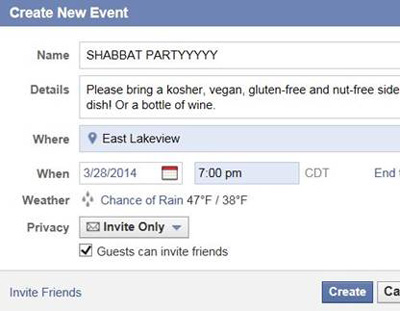
No, we’re not talking an intimate Shabbat for two. Invite people over on a Friday night and include your new friend on the list. You get to know them in a more personal setting this way without it being obvious you’re friend-crushing on them. With Birthright NEXT Shabbat, it also can be free! Nobody wants to be alone on a Friday night … okay, some people do, but they at least want to know they had the option of being social and are merely choosing to spend Friday night on the couch.
4. Ask them to be your wing-Jew to the next Jewish social event.

If you met your Jewish friend-crush at a social event, well, there are plenty more where those came from! Forward your most recent YLD email invite and see if they want to come.
5. Work your Jewish geography.
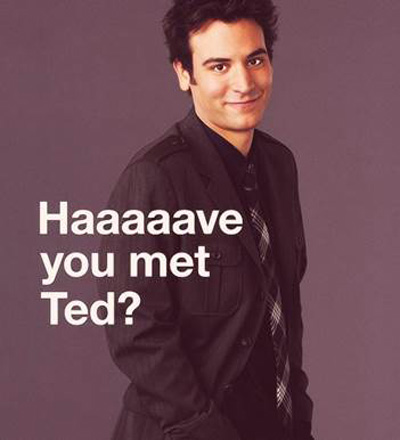
Fact: Jews like being connected to things. Whether it’s for a job, getting involved in the community, etc., going out of your way to connect someone is a huge testament to caliber of your potential Jewish best friend-ness. You never know what might come out of one helpful connection.
6. Bond over food.

Jews have been strengthening connections between people over food for thousands of years – there’s no stopping it now. Even if you’re not a “total foodie,” you can find something food-related in common with your would-be Jewish best friend. Try a new place together that specializes in your mutual favorite foods (cupcakes), explore a new brew pub, or if you or your friend has always wanted to learn how to bake, say, challah (or cupcakes), use that as an opportunity to get together.
7. Share the BOGO love.

What’s the only thing better than food? Free food. Got a sweet buy-one-get-one-free coupon somewhere? Or a Groupon that you need help using up? Invite your wannabe buddy to cash in on the freebie. This, of course, has nothing to do with enticing them with free things, and everything to do with good excuses to invite someone out at no cost to them. Plus, it involves food.
8. Be exercise buddies!

If you’ve gone too hard on numbers 6 and 7, you have both probably commiserated over your inability to lose any weight this winter or get off your butt and go the gym. So be each other’s motivation! Check out a class together, offer to be a spotter, or if you’re really dedicated, you can even offer to track each other on fitness apps if you both have the same gadgets. Nothing is as motivating as peer pressure – or agreeing to get drinks afterward.
9. Not so much into the exercise? Try a different kind of class.
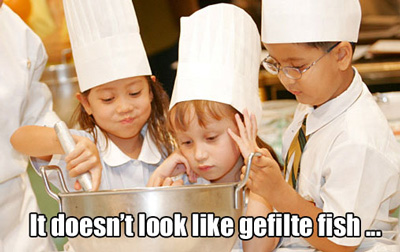
See if your future JBF wants to join you for a Whole Foods cooking demo, lessons at Old Town School of Folk Music, or dare we even say a Torah study or Talmud class? Try signing up together for something on Dabble.
10. Offer them a ride.

If you and your new acquaintance met at a social event or gathering, helping them get home is a mensch-y thing to do. If you drove (and are safe to drive), it’s an easy win, or buying a cab will also buy you some extra time to chat. Plus, it’s a kindness they won’t soon forget. Also, offer to do the same to get to future events together.
11. Make watching TV social.

We know. You would so make plans tonight but your DVR is getting full and your TV doesn’t care if your hair looks nice, or you aren’t wearing pants. But if your prospective best bud likes one of your favorite shows (or sports teams), suggest a get-together to watch, or host a viewing party. Best friends always validate each other’s obsessions. Extra points if the show is Friends…
12. Repair the world together.
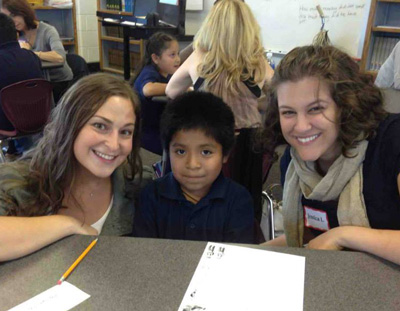
You’ve already eaten lunch or froyo together, but your souls could use some feeding too. Discover what your new buddy is passionate about (see #1) and find a volunteer opportunity. There are so many ways to tikkun olam—and who knows? You guys might even make more new friends in the process.
13. Invite them for the Jewish holidays.
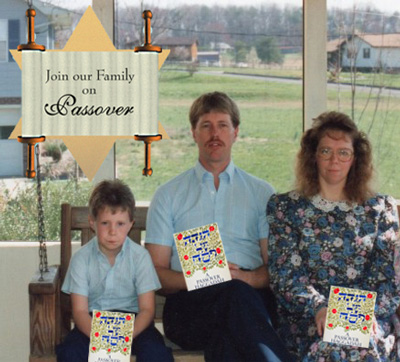
What are you doing for Passover? If you’re visiting family in the suburbs and you have a new-to-Chicago friend, find out if they can join (well, if your family isn’t too dysfunctional, that is – use your discretion). Both new in town? Find a community event to attend together. Their mother would rather they be with you, a Jewish stranger, than not have anywhere to go for the holidays.
14. Rescue them from work.

If at least one of you works a 9-to-5, the other can save them! In-person social lunch breaks are infinitely better than ones spent hunched over a desk reading BuzzFeed, or even a quick 15-min stroll together is better than being alone and sedentary. These can be planned or completely spontaneous, which makes them good for friendships new and old.
15. Be a good social media friend.

Our disclaimer in mind, don’t leave your new friend hanging when they post an artsy food pic or a cool article link. Give it some love – Like! Retweet! Comment! Social media sharing is caring, folks.
16. Speaking of sharing …

Remember how awesome it was when you were a kid and someone brought something cool to school and they shared it with you? Or better yet, let you borrow it? Well, it still feels awesome as an adult. Whether it’s gum, a bottle of a mutually adored wine or liquor, or something they can use to host Shabbat, giving something of yourself signals you are dependable and thoughtful. Last we checked that’s good friend material.
17. Bring them matzoh ball soup when they’re sick.

This is an advanced-level friend-wooing technique, probably once you’ve hung out a few times, but what says friendship more than getting a giant Tupperware full of soup from The Bagel? Nothing, you guys. Nothing.
18. Seriously – just text them.
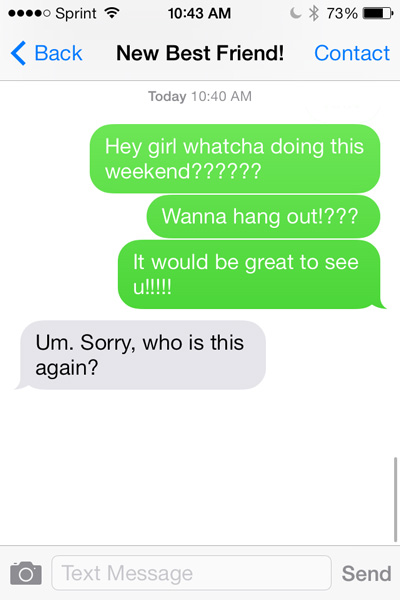
We know you won’t call them, but don’t be nervous about reaching out to people. Chances are they’ll be thrilled to hear from you and just excited about cultivating a new friendship as you are, especially in a big city.




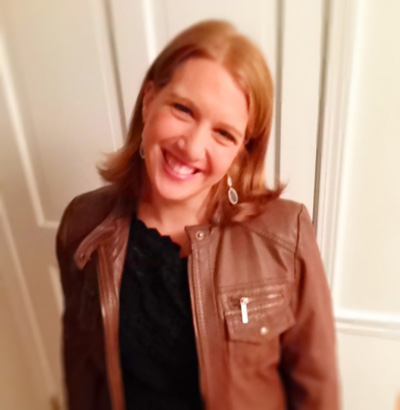
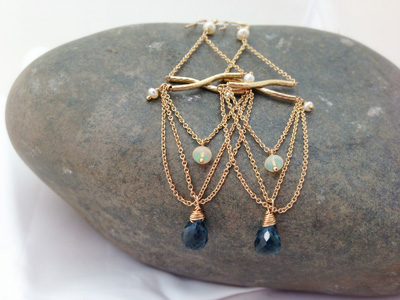
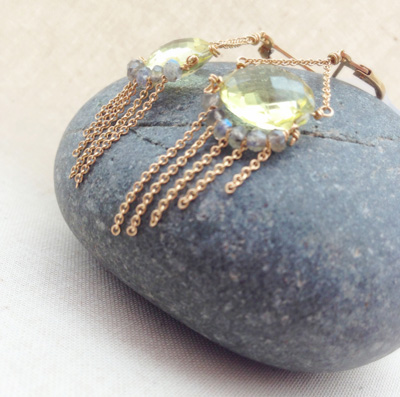

.jpg)



